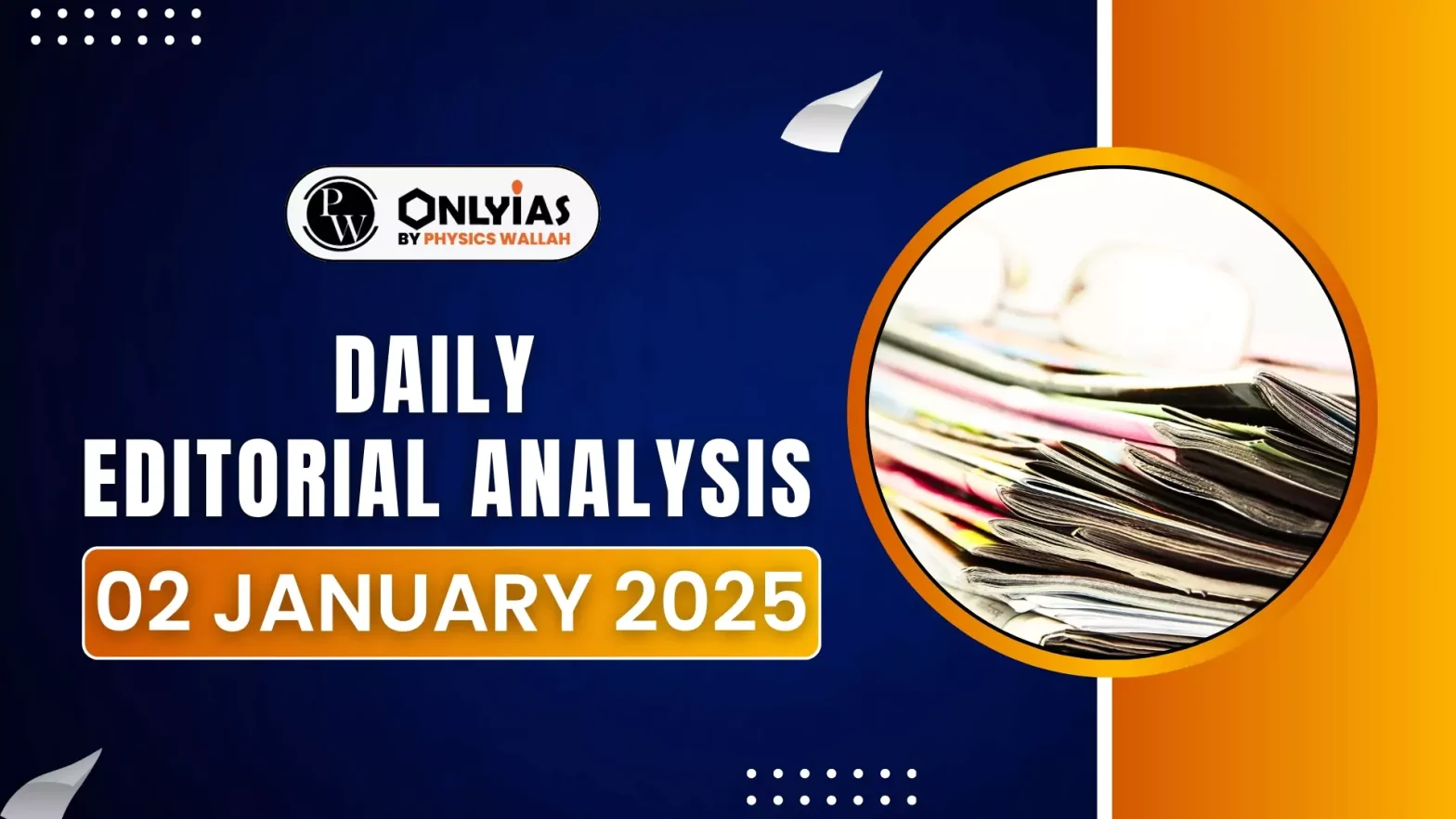Chief Ministers N. Chandrababu Naidu (Andhra Pradesh) and M.K. Stalin (Tamil Nadu) have strongly opposed the proposed parliamentary delimitation, fearing it may reduce the southern states’ parliamentary representation
Understanding Delimitation
- Definition and Purpose: Delimitation is the process of redrawing electoral constituency boundaries to ensure fair representation in legislative bodies.
- It adjusts constituencies based on population changes, ensuring each represents an equal number of voters.
- Need for Delimitation: Population distribution changes due to migration, growth, and demographic shifts.
- Delimitation reflects these changes to maintain equity in representation.
- Challenges: Constituencies with faster population growth may gain seats, disadvantaging those with slower growth or effective population control.
- Seat allocation has been frozen based on the 1971 census to address such imbalances, but this will change post-2026.
Enroll now for UPSC Online Classes
Southern States’ Concerns
- States like Tamil Nadu and Andhra Pradesh fear that slower population growth, due to successful family planning, may reduce their representation.
- As fertility rates decline, their share of the national population shrinks, potentially leading to fewer parliamentary seats.
- Countermeasures Suggested
- Chandrababu Naidu: Suggested reversing laws restricting local election eligibility to individuals with fewer than two children.
- M.K. Stalin: Joked about promoting larger families as a demographic response.
Challenges and Impacts of Fertility Policies
Fertility decline is a natural result of societal advancements, reflecting improvements in living conditions, education, and access to family planning. Reversing this trend poses significant challenges.
- Limited Success of Fertility Incentives: Global experiences show that efforts to boost fertility through incentives yield modest outcomes:
- South Korea and Japan: Despite various policies, these countries have struggled to significantly increase fertility rates.
- Case of China: China’s one-child policy, introduced to control population growth, is now widely seen as a policy failure. It has resulted in:
- Aging Population: A growing elderly demographic with fewer younger individuals to support them.
- Gender Imbalances: A skewed male-to-female ratio due to cultural preferences for male children.
- Declining Birth Rates: Persistently low fertility rates, even after the policy was relaxed.
- Challenges of Reversing Fertility Trends: Despite the removal of restrictions, many Chinese people now prefer smaller families due to societal changes like urbanization, rising costs of living, and evolving personal priorities. This highlights the difficulty of reversing deeply ingrained fertility trends.
- Broader Implications of Population-Control Policies: Policies narrowly focused on population control often neglect wider socio-economic impacts. In China’s case, this has led to:
- Shrinking Workforce: A reduced labor force that threatens economic growth.
- Marriage Market Issues: A surplus of males, leading to social challenges.
- Heavy Dependency Burden: A smaller working-age population supporting a growing number of dependents.
- Impact on Women and Reproductive Choices: Encouraging higher fertility rates involves substantial personal and socio-economic costs. Factors influencing women’s reproductive decisions include:
- State Support: Availability of childcare, healthcare, and financial assistance.
- Family Planning Benefits: The freedom to choose smaller families, improving women’s quality of life and career opportunities.
- Insufficient state support can deter women from having more children, even when fertility incentives are introduced. To address this, states must provide:
- Comprehensive Support Systems: Enhanced access to childcare, maternal healthcare, and financial aid.
- Sustainable Incentives: Programs that align with women’s social and economic aspirations.
Impact of Using Population as the Sole Criterion for Political Representation
Relying exclusively on population size for political representation disregards the socio-economic realities of different regions. This approach can:
- Penalize states that have implemented effective family planning measures.
- Undermine regions that have made significant developmental progress.
While the principle of “one person, one vote” is central to democracy, it may lead to underrepresentation of areas with slower population growth.
Political representation should consider factors like education, economic growth, and regional challenges, rather than just population numbers, to ensure fairness for states that have controlled their growth |
Check Out UPSC NCERT Textbooks From PW Store
Conclusion
The real solution lies not in trying to artificially increase fertility rates, but in revising the way political representation is determined during delimitation. By considering a range of factors—such as socio-economic development, education, and fertility control success—India can achieve a more equitable and fair representation system that reflects the country’s diverse realities.
![]() 2 Jan 2025
2 Jan 2025


